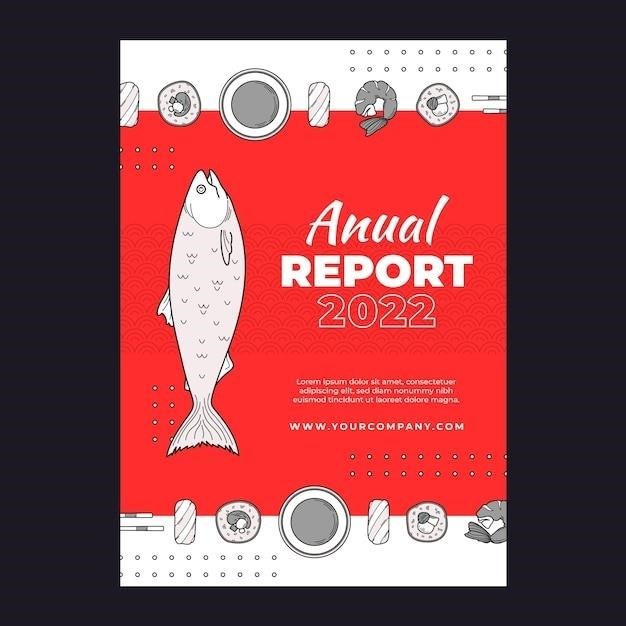art therapy activities pdf
Art Therapy Activities PDF⁚ A Comprehensive Guide
Art therapy activities PDF serve as valuable tools for emotional exploration and well-being. These resources offer structured exercises to promote self-expression through various artistic mediums. They include activities to explore feelings, reduce stress, and enhance overall mental health, and are useful for individuals seeking creative therapeutic outlets.
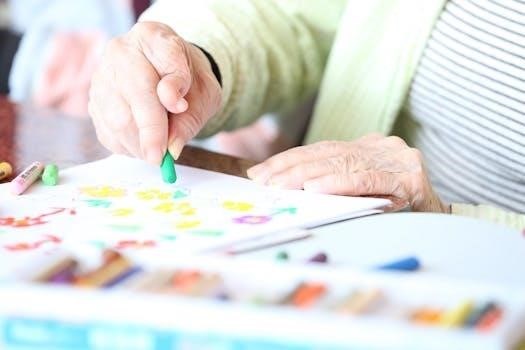
Art therapy is a specialized field blending psychology and art, utilizing creative processes to improve mental and emotional well-being. It allows individuals to express feelings, explore emotions, and reconcile conflicts through artistic mediums like drawing, painting, and sculpture. Unlike traditional talk therapy, art therapy provides a non-verbal outlet, especially beneficial for those struggling to articulate their experiences.
This therapeutic approach is adaptable for all ages and abilities, fostering self-awareness and personal growth. It’s increasingly recognized for its effectiveness in managing stress, anxiety, and trauma. Art therapy exercises often involve guided activities, encouraging individuals to explore their inner worlds creatively. Professionals in art therapy use specific techniques to facilitate emotional healing and cognitive development.
The beauty of art therapy lies in its accessibility and potential for profound self-discovery. Whether through structured exercises or free-form expression, individuals can unlock insights and develop coping mechanisms. Art therapy empowers people to navigate challenges and enhance their overall quality of life.
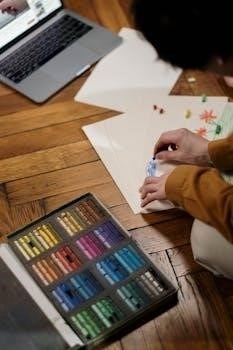
Benefits of Art Therapy
Art therapy offers a multitude of benefits, enhancing emotional, mental, and even physical well-being. It provides a unique avenue for self-expression, allowing individuals to articulate feelings and experiences that may be difficult to verbalize. This non-verbal approach is particularly beneficial for those who have experienced trauma or struggle with communication.
One of the key benefits is stress reduction. Engaging in creative activities can lower anxiety levels and promote relaxation. Art therapy also fosters self-awareness, helping individuals gain insights into their thoughts, emotions, and behaviors. It encourages emotional regulation, teaching coping skills to manage difficult feelings.
Furthermore, art therapy can improve self-esteem and confidence. Completing art projects and expressing oneself creatively builds a sense of accomplishment. It also enhances cognitive function, improving focus, memory, and problem-solving skills. Art therapy is used to treat various conditions, including anxiety, depression, PTSD, and grief. It’s a versatile and effective tool for promoting holistic wellness and personal growth for all ages.
Art Therapy Exercises for Emotional Exploration
Art therapy exercises offer powerful tools for delving into the complex landscape of emotions. These activities provide a safe and creative outlet to express and understand feelings that may be difficult to articulate verbally. One common exercise involves drawing or painting one’s emotions, using colors and shapes to represent inner states such as anger, sadness, or joy. This allows for a visual representation of abstract feelings.
Another effective technique is creating an “emotion wheel” using different colors to symbolize various emotions. Individuals can then identify and explore the nuances of their emotional experiences. Collage is also a valuable tool, where participants gather images and textures that resonate with their feelings, assembling them into a visual representation of their emotional state.
Sculpting can also be used to explore emotions in a tactile and three-dimensional way. These exercises encourage self-reflection and provide a deeper understanding of one’s emotional world, fostering emotional regulation and promoting overall well-being, allowing for personal growth and self-discovery.
Art Therapy for Stress and Anxiety Reduction
Art therapy offers a unique and effective approach to stress and anxiety reduction. Engaging in creative activities can provide a much-needed distraction from daily stressors, allowing individuals to enter a state of flow and relaxation. Simple exercises like painting to music can help release pent-up emotions and promote a sense of calm. The act of creating, without the pressure of perfection, can be incredibly therapeutic.
Scribble drawings, where a simple scribble is transformed into a more complex image, can also be surprisingly effective in reducing anxiety. This activity encourages letting go of control and embracing spontaneity. Coloring mandalas or intricate patterns is another popular technique, as it promotes mindfulness and helps quiet the racing thoughts associated with anxiety;
Furthermore, creating art in a relaxed and supportive environment can foster a sense of community and connection, further reducing feelings of isolation and stress. By providing a non-verbal outlet for expression, art therapy empowers individuals to manage their stress and anxiety in a healthy and creative way, promoting emotional well-being and resilience.
Art Therapy Activities for Children and Teens
Art therapy activities can be particularly beneficial for children and teens, providing them with creative outlets to express complex emotions they may struggle to verbalize. For younger children, activities like drawing their feelings or creating a “worry monster” can help them externalize and process anxieties.
Teenagers, who often face unique challenges related to identity and social pressures, can find solace in art therapy. Collage activities, where they create visual representations of their inner selves or aspirations, can be especially empowering. Altered magazine picture art therapy, which combines paint, stickers, and magazine cutouts, can assist teens in externalizing their feelings and experiences in a creative and engaging way.
Group art therapy sessions can also foster a sense of community and belonging, allowing children and teens to connect with peers and share their experiences through art. These activities not only promote emotional well-being but also enhance self-esteem and coping skills, helping them navigate the challenges of childhood and adolescence with greater resilience and self-awareness.
Art Therapy Techniques⁚ Drawing and Painting
Drawing and painting are fundamental techniques in art therapy, offering diverse avenues for self-expression and emotional exploration. Line drawing exercises help individuals reconnect with the present moment, promoting mindfulness and self-awareness. These activities encourage reflection on emotions, body sensations, and thoughts, particularly beneficial for those beginning their journey of self-discovery.
Painting to music allows for free-flowing creativity, enabling participants to release pent-up feelings and relax. The act of responding to music through color and brushstrokes can be incredibly cathartic. Creating an emotion wheel using color is another effective technique, helping individuals visually represent and understand the spectrum of their emotions.
Scribble drawings, transforming simple lines into meaningful images, foster imagination and problem-solving skills. These techniques are adaptable to various skill levels and therapeutic goals, making drawing and painting versatile tools for art therapists. They provide a safe space for individuals to express themselves non-verbally, fostering emotional healing and personal growth.
Art Therapy Techniques⁚ Collage and Sculpture
Collage and sculpture offer unique avenues for creative expression in art therapy. Collage involves assembling various materials, such as paper, fabric, and found objects, to create a unified composition. This technique allows individuals to explore themes, emotions, and memories through the juxtaposition of different textures and images.
Sculpture, on the other hand, involves creating three-dimensional forms using materials like clay, wire, or recycled items. This process can be particularly tactile and grounding, providing a sensory experience that fosters self-awareness. Both collage and sculpture encourage experimentation and play, allowing individuals to break free from traditional artistic constraints.
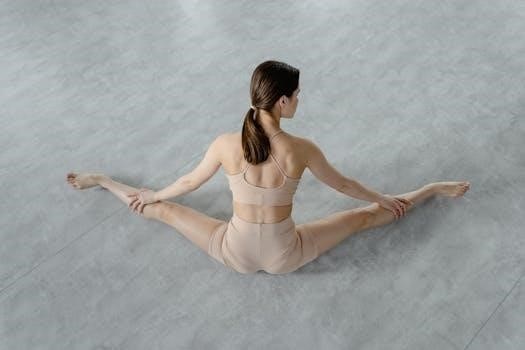
These techniques can be especially effective for individuals who struggle with verbal expression, as they provide alternative means of communication. Collage can be used to represent complex emotions or life experiences, while sculpture can help individuals externalize and process internal conflicts. The tangible nature of these art forms allows for a deeper connection to the creative process, promoting emotional release and personal insight.
Free Art Therapy Resources and Worksheets (PDF)
Free art therapy resources and worksheets in PDF format are readily available online, offering accessible tools for individuals and professionals alike. These resources often include a variety of exercises designed to promote emotional exploration, stress reduction, and self-expression through art. Worksheets may provide structured prompts and guidelines for specific activities, such as drawing emotions, creating mandalas, or exploring personal symbols.
Many websites and organizations offer downloadable PDFs that include art therapy directives suitable for individual or group settings. These resources can be particularly beneficial for educators, counselors, and therapists seeking to incorporate art-based interventions into their practice. Additionally, individuals looking for self-help tools can utilize these free resources to engage in creative activities that foster self-awareness and emotional well-being.
The availability of free art therapy worksheets and resources in PDF format democratizes access to therapeutic art practices, making them more accessible to a wider audience. These resources often cover a range of topics, including anxiety, trauma, grief, and self-esteem, providing targeted support for various emotional needs.
Finding Art Therapy Professionals and Directories
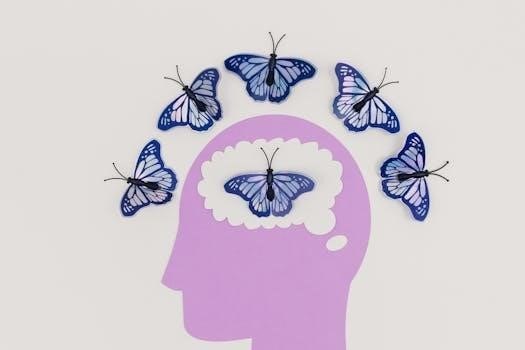
Finding qualified art therapy professionals is crucial for individuals seeking personalized therapeutic support. Several directories and online resources can assist in locating registered and licensed art therapists in your area. These directories often provide detailed profiles, including their specialization, experience, and contact information.
Professional organizations such as the American Art Therapy Association (AATA) offer directories of registered art therapists. These directories allow you to search for therapists based on location, specialization, and other criteria. Online therapy platforms also provide access to licensed art therapists who offer virtual sessions, expanding accessibility for those in remote areas or with limited mobility.
When searching for an art therapist, it’s essential to consider their qualifications, experience, and therapeutic approach. Look for therapists who are registered or licensed in your state and have experience working with your specific needs or concerns. Many therapists offer initial consultations to discuss your goals and determine if their services are a good fit.
Utilizing online directories and resources can significantly simplify the process of finding a qualified art therapy professional who can provide personalized support and guidance on your therapeutic journey.
